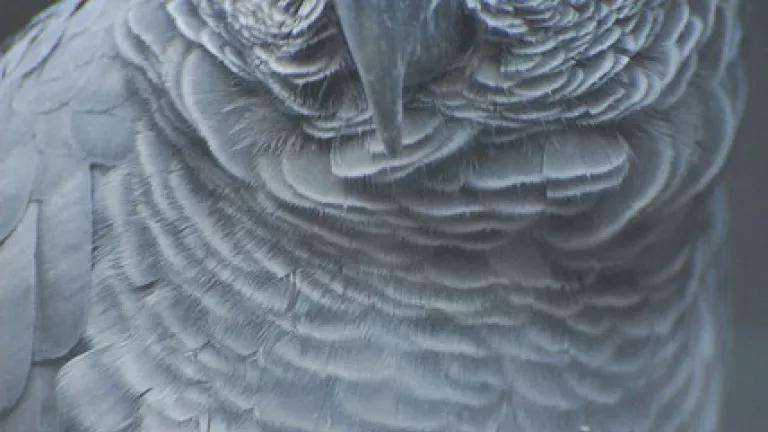
Fall (my favorite time of year) is nearly here; but while the hot, humid, weather is holding on for many us, here are some good news stories about wildlife conservation to keep you cool:
- Two hundred African grey parrots were released back into the wild by Ugandan wildlife officials after being freed from smugglers. The parrots were released in Uganda's Kibale National Park.
- Wildlife conservation programs worldwide are making a big difference, concludes a recent study. The paper, published in Trends in Ecology and Evolution concludes that global conservation efforts have resulted in establishment of 100,000 new protected areas and slowed the rate of biodiversity loss. Among other successes the paper concludes that these efforts have saved sixteen bird species around the world that would have otherwise gone extinct.
- A school of dolphins was recently spotted off of City Island, in New York City's East River. The river connects New York Harbor with Long Island sound. Dolphins and other marine mammals have been spotted with increasing frequency in the area of the last few years, probably as the result of cleaner water and improving fisheries in the area.
- The Lake Erie water snake, whose population once fell as low as 1,500 individuals has recovered and can now be removed from the federal endangered species list, according to the U.S. Fish and Wildlife Service. The olive colored snake, which lives on the cliffs and rocky shores of Lake Erie has been (ironically) helped by one of the Great Lake's invasive species, the round goy, which provided the snake with a source of food to replace declining native fish population.
The recovery of river otters in England is now complete, according to The Independent, which reports that otters have now been documented in Kent, the last county that was otter-free after the species went extinct throughout most of England in the 1950s and 1960s, probably as the result of pesticide contaminations.
- Speaking of otters, sea otters off the California coast got a boost last month when the U.S. government announced that it was ending a "no otter zone" in Southern Califironia and would allow the animal to naturally expand its range.
- Fin whales are returning to Wales. In recent years, fin whales, the second largest and the fastest whale on earth, have been see each year off the Pembrokeshire coast in larger and larger numbers. One explanation for the increased presence of these endangered whales may be access to food, as schools of small fish in the area have increased. (hat tip: Zak Smith, The Week In Whales)
Related Issues
Nature & Wildlife




